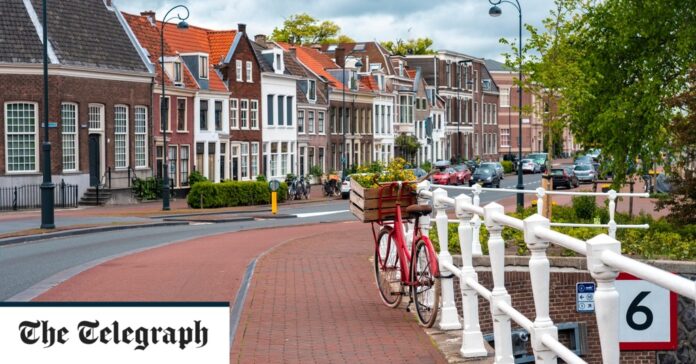Until a financial crash, the city was Holland’s crown jewel. But its moment of glory was preserved – and that is its great appeal today
No wonder the Laughing Cavalier has such a smug expression on his face. We don’t know who he is, but all the clues in this famous portrait suggest he was an extremely wealthy, fashionable young bachelor and – almost certainly – a resident of Haarlem. And when his picture was painted by Frans Hals, in 1624, this was the richest city in one of the richest countries in the world.
Our cavalier was – at least during his younger years – a beneficiary of the trading power of Holland’s huge commercial fleet, which was protected by a powerful navy. It dominated world trade as the country’s banking, cloth-making and agricultural industries were in the ascendancy. But, by the 1630s, there was so much money sloshing about in Haarlem that it fuelled the first-ever large-scale speculative bubble. And its economy imploded in spectacular fashion.
It all focused on the Dutch national flower, the tulip. So intense was the mania which developed in the market for rare and exotic colours that, in 1635, a single tulip bulb – Semper Augustus, prized for the spectacular red “flames” on its white petals – was sold in Haarlem for 6,000 guilders. That was about 40 times the annual earnings of a craftsman.
It was the peak of the madness and a record never to be broken. Within a few months, bulbs which had been worth thousands were fetching only hundreds. Many fell in value by 95 per cent. The bulb bubble had burst. If you had speculated on tulips, you were ruined. Overnight, fortunes were lost and the Haarlem economy stalled. No doubt the cavalier’s smile faltered.


